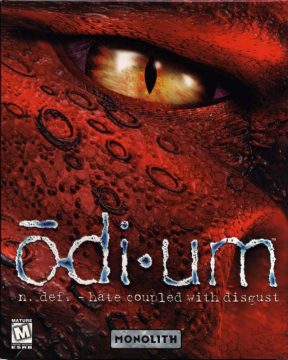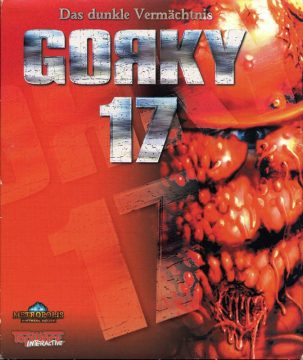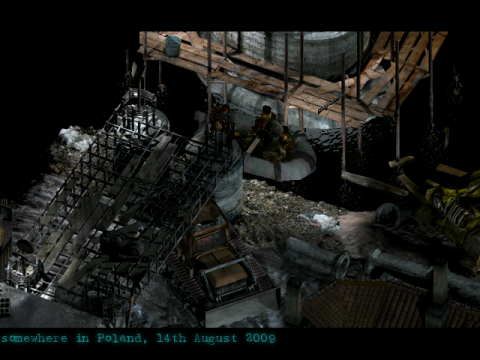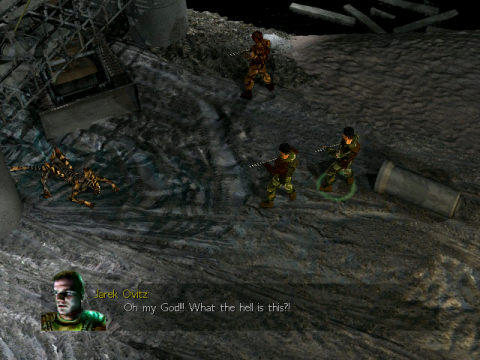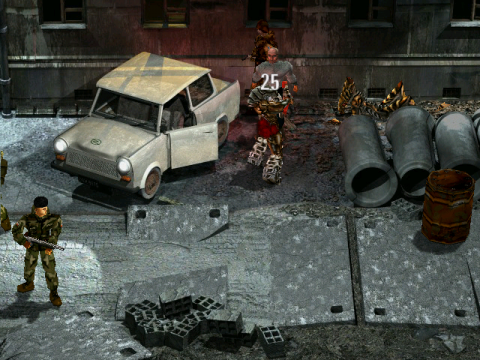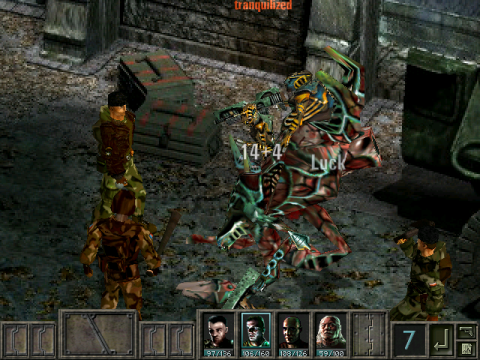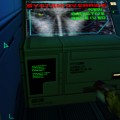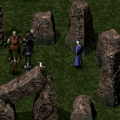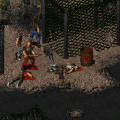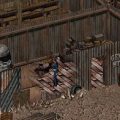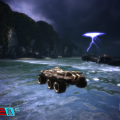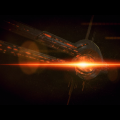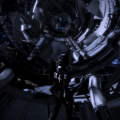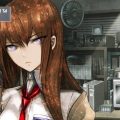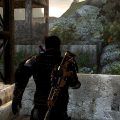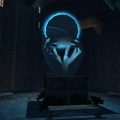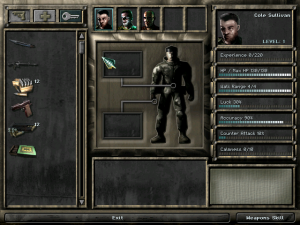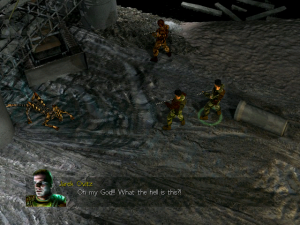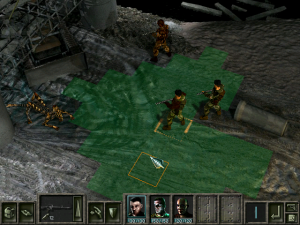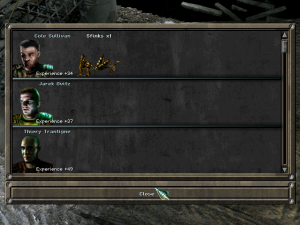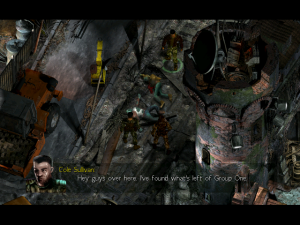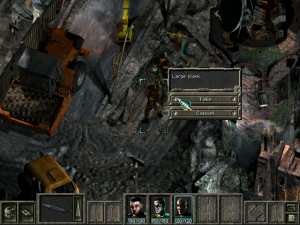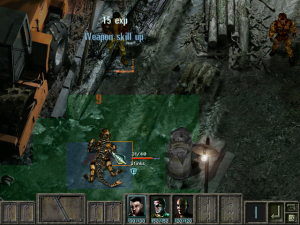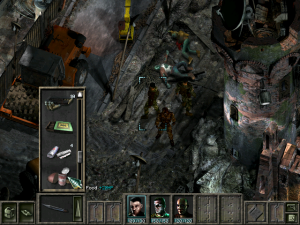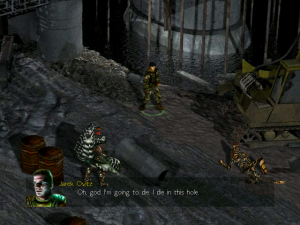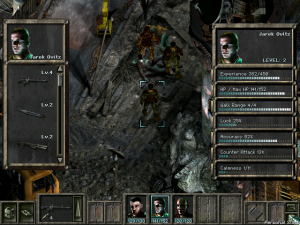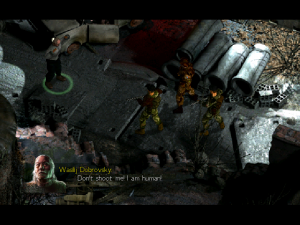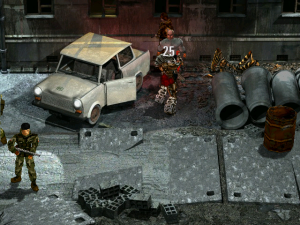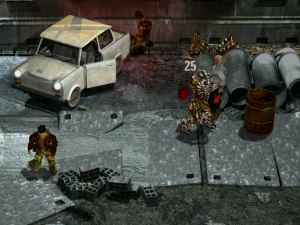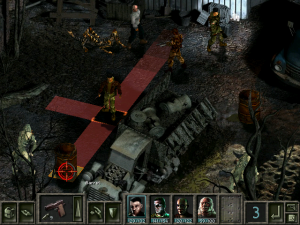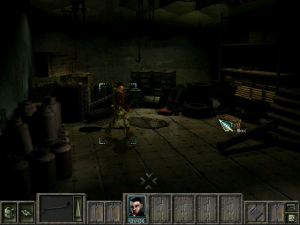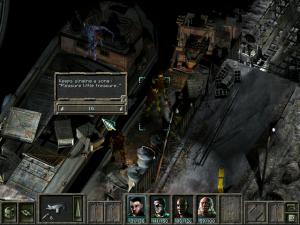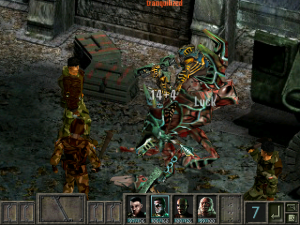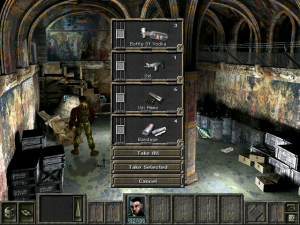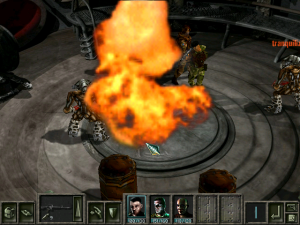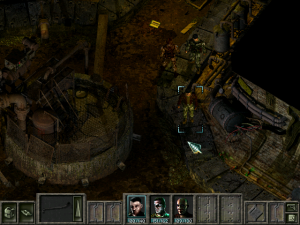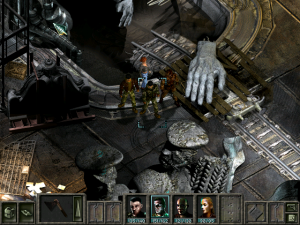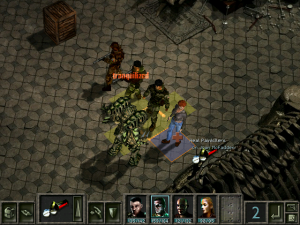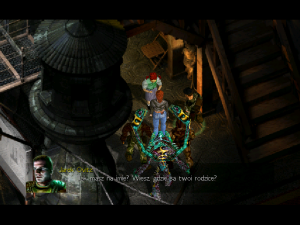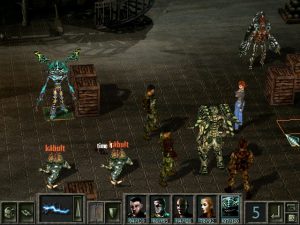Metropolis Software was perhaps the first Polish video game studio, founded in 1992 by Adrian Chmielarz and Grzegorz Miechowski, two very important figures of the Polish video game industry; Chmielarz eventually designed and directed games such as Painkiller or The Vanishing of Ethan Carter, while Miechowski co-founded 11 bit studios, who released This War of Mine and Frostpunk. Metropolis’ fourth game, Gorky 17 (1999), is perhaps their last game with a good reception; the studio produced half a dozen more games that never got great reviews, then was eventually bought then closed by compatriots CD Projekt. This horror tactical RPG was warmly received in Europe, though sales never were chart-topping; it was also released in North America as Odium, but did not make much of a splash there. The game ambled on after its initial release, getting a Macintosh port in 2002, a Linux port in 2006, and an AmigaOS port in 2015; however the Linux version distributed on Steam is incompatible with more recent flavors of Linux due to a Wine incompatibility. It is overall a very good game, one worth revisiting and a great European obscurity.
Gorky 17‘s plot is not particularly subtle: you direct a squad of three NATO soldiers, Group 2, arriving in a Polish city devastated by an unknown cause; you are to investigate and bring back any survivors from Group 1. As you quickly find out, most of the population has either been decimated, or transformed into, horrible mutants with a thirst for blood. Your quest for an explanation will eventually lead you, after a few plot twists typical of the military action movie genre and some convoluted sciencey-sounding explanations, to uncover the truth after roughly 12 hours of gameplay. It’s a fun action movie plot, bordering on the silly by the end of it, but exactly what you need for a fun time; there is also an interesting European perspective in there that’s different from other games’ “glory to the USA” bent. The writing is understated, with some great lines and never goes overboard, which makes it very engaging. Areas are explored mostly linearly, though some are more open and have optional/avoidable fights, and there are some non-obvious ways (basic puzzles, one would say) to gain more loot, for the completionists.
The game is set at night and as such has a lot of blacks, whites, and greys; the atmosphere is suitably spooky, aided by the great sound design. The various interface noises are all crisp and suitably metallic, while the background music lingers on, full of echo and electronic noises, as you explore the ravaged city. The creepy atmosphere is replaced by more urgent, driven tracks during battle, with scarier tracks on the monsters’ turn; overall, you can hear moody Depeche Mode influences in this electronic soundtrack that is appropriately dark. The pre-rendered backgrounds your (3D) crew explores are varied and very nicely designed, with some good details and level design that uses narrow passageways and staircases very effectively to raise tension. The other highlight is the design of the monsters, which mix a great variety of influences; you will see chainsaws and claws, humanoids and insects and Geiger-y beasts, experiments gone clearly wrong, guns and missile launchers and fire, and some of the monsters’ attacks are appropriately horrifying. All in all, despite the game maxing out at 640×480 and the 3D models showing their age and polygons, the nice pre-rendered backgrounds and overall great artistic direction create a great atmosphere that still stands despite technical limitations.
The main roster of characters includes:
– Cole Sullivan: the Canadian leader of the Group 2 squad, he is depicted as your classic military sergeant, barking orders, keeping his troops in line. This, combined with stilted and rigid voice acting that is determined to act tough, doesn’t make for the most sympathetic main character, but seeing him pushing back against bad guys is fun.
– Jarek Owicz: a brash, loudmouth Pole that teases Trantigne, challenges Sullivan’s authority, and acts tough against monsters — until he can’t back up his big talk. Speaks numerous languages and acts as the group’s translator; hates Russia (as do a lot of Poles). He is overall the most fun character of the group, with some of the game’s best lines, and maybe a self-insert for the dev team.
– Thiery Trantigne: the third member of Group Two, a French soldier depicted as more on the soft-spoken side, the more “brainy” one that supposedly is versed in similar phenomena. Annoyingly, he often turns into the “French surrendering” stereotype.
– Joan McFadden: a member of Group 1, Joan is eventually found and joins the team. She specializes in medicine, giving her a 15% bonus when using health-boosting supplies.
– Medusa: the former curator of the museum, he is a unique mutant that somehow retained his human consciousness and goodness. He cannot carry or use weapons, but he is immune to tranquilizers and his antennas can perform short-to-middle-range electric attacks that are fairly powerful.
Your progression in the game is shown in an isometric “overworld”, with your 3D characters walking among pre-rendered backgrounds; combats begin at fixed points, i.e. an action or reaching a certain spot will trigger a fight. This isn’t “walk around the overworld and randomly trigger a battle with random enemies”: every single combat situation occurs in a different (pre-rendered) scene with specific terrain, and was scripted/hand-crafted by the designers. This is actually one of Gorky 17‘s greatest strength: the design of these battles is very varied, and each of them tells a different story or exhibits a different challenge. It can be the introduction of a different enemy, or a boss fight (about half a dozen ones, each with different characteristics); or the battle starts with your team swarmed by enemies, or with enemies appearing in waves; the terrain can be wide open and expose you to long-range attacks, or have lots of obstacles preventing you from shooting effectively; maybe some of these obstacles are barrels of gasoline that will explode if shot, or maybe your team starts the battle soaked in gasoline; maybe you need to protect someone, or even something; maybe the game will pull the rug after the second turn and the situation will end up being much worse. As a result, a number of these battles end up being quite memorable! But although scripting every single battle and trigger point in the game leads to a rich and varied game, it also means the game is quite short (around 12 hours of play time – no farming monsters here). There aren’t different levels of difficulty, and just a few optional boss battles, meaning the game may not be very replayable.
The combat system is what you expect for a tactical RPG, and has draw comparisons with XCOM. It is turn-based, grid-based, one action per turn (plus moving), with the environment’s obstacles allowing you to strategize and play hide and seek with the monsters. The battle is lost once one character from your squad gets killed. Your crew can move 4 spots per turn, and use a variety of weapons that you collect in chests along the way. The 28 weapons display a lot of variety, in their range/the zone they affect (melee, long range in 4 or 8 directions, medium range, and various other shapes), the need to reload, the availability of the ammo, and their effect (poison, fire, tranquilizer, etc.). You will also find some health items, although you can only use them on yourself or someone on a neighboring cell; the healing they provide (while eating up your whole turn) is often not much larger than the next monster’s attack, limiting their use in the battlefield to desperate cases.
The general scarcity of ammo will however severely limit your ability to tackle the monsters at a safe distance – not to mention, while some of the monsters are melee-only, some have distant, powerful attacks that can be very dangerous, especially in the early sections of the game, where some monsters can easily wipe out a quarter of your health with each attack. This makes for a challenging start of the game, but things don’t really get easier later: the roster of monsters is very deep, and the game introduces new ones very frequently, keeping you from feeling too comfortable in this horrific landscape. The effect of the introduction of new monsters is strongest on the first playthrough, where you aren’t sure what their attack patterns, the strength of their armor, and their potential resistance to e.g. fire or poison will be; however, you can always save frequently and reload to blunt the effect of nasty surprises, should you seek a small reprieve from the game.
The RPG aspect is somewhat underdeveloped, although this is not a bad thing – the focus on terrain and ammo scarcity works very well for a horror game, and you wouldn’t want characters to become overpowered. Each successful blow will give the character XP, and level ups will give you a chance to spend 5 points across several areas: health, % of chance of missing your shot, % of chance of counter-attacking after being hit (with the same weapon you had in your hand – even if it needs to reload), % of chance to trigger a lucky shot for extra damage, and calmness (affects whether or not your character becomes enraged in battle, i.e. more damage but more chances to miss). Another aspect is that each character starts at level 1 with each weapon, but using it more can level up their use of the weapon up to level 10 – thus, being too conservative of ammo means your character doesn’t get a chance to train up and cause more damage for when enemies get tougher. There isn’t much more (no tech tree or ability to move more spaces, which would be very useful), but it’s a decent enough system that you can explore a few play styles – although strategy and finding the best way to use the weapons effectively across the whole team are paramount.
All in all, Gorky 17 is a very fun game, pretty challenging, generous in content despite its linearity, and with very thoughtful game design and a great atmosphere. Its rather short length and underdeveloped RPG aspects are not big drawbacks, but might have prevented it to reach broader appeal and fanbase; but as it stands, it is an overlooked gem of a European game that is worth revisiting.

